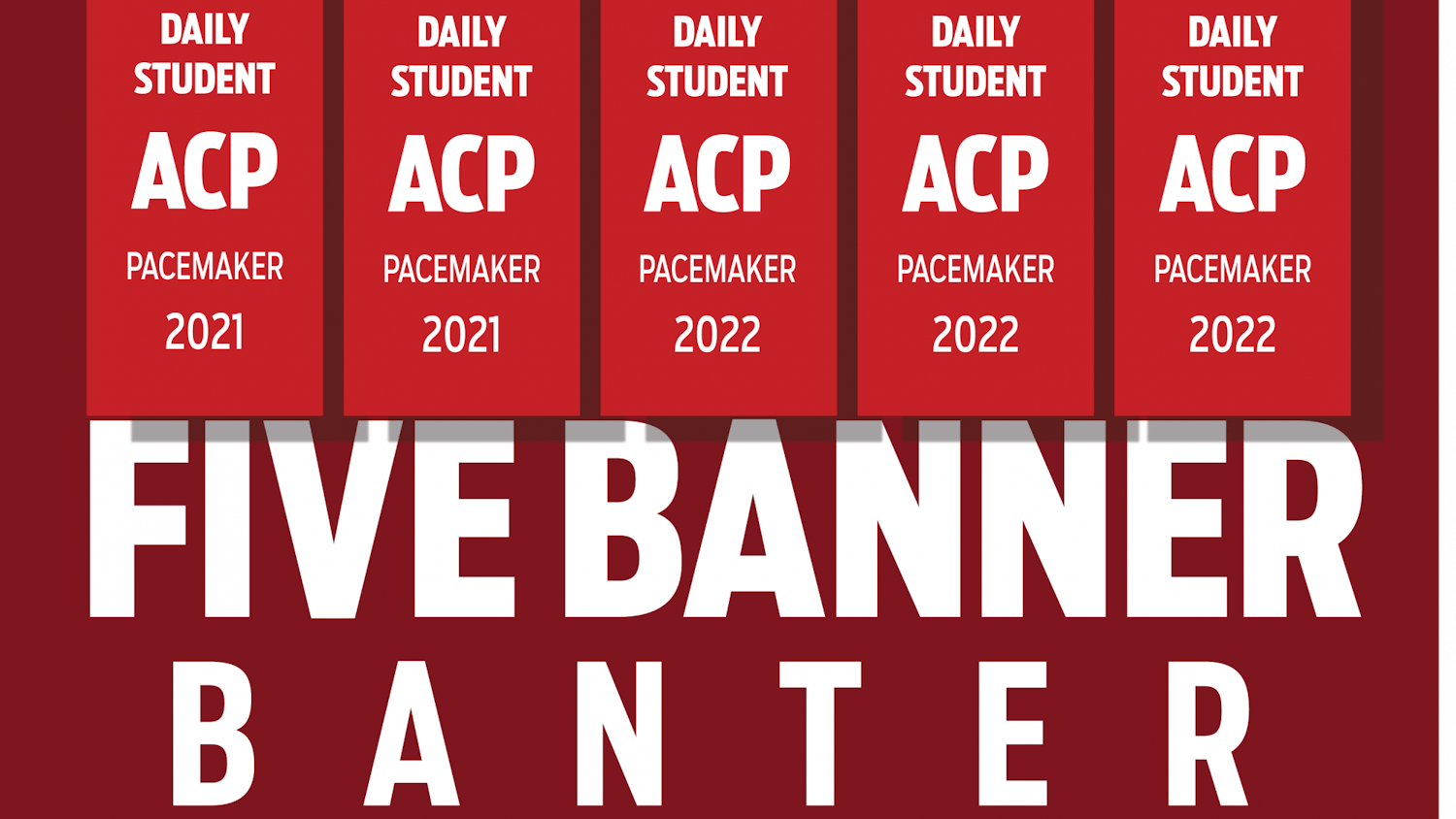CAMBRIDGE, Mass. – The next time you go to the emergency room, expect to wait longer.\nA study by researchers at Harvard Medical School found that from 1997 to 2004, waits increased an average of 36 percent. And for the most severe cases, the wait increased by 40 percent.\nWaits rose for all racial and ethnic groups, though females waited longer than men and black and Hispanic patients waited longer than white patients. Both insured and uninsured patients faced increased waits.\nThe hold-up was worst for heart attack victims, who waited an average of eight minutes in 1997. By 2004, it had increased by 150 percent, to 20 minutes.\nAssaad J. Sayah, an emergency room doctor at Cambridge Health Alliance and instructor at Harvard Medical School, said the wait for the most severe cases increased so much because those patients often had to wait for a bed to open up.\nThe study, published Tuesday in the policy journal Health Affairs, looked at more than 90,000 emergency department visits across the country.\nThe study’s lead author, Andrew P. Wilper, said the goal of the study was to investigate “what’s going on in the place people go as a last resort for care.”\nWilper, a primary care physician and a student at Harvard School of Public Health, said that the number of emergency room visits had increased by nearly 20 percent between 1994 and 2004, which he attributed to “a lack of available primary care.”\nProfessor of Medicine David U. Himmelstein, senior author of the study, said he was not surprised by the findings.\n“Our clinical sense was that this was going on,” he said.\nHe added that emergency departments do not always get enough resources because they do not bring in much profit for the hospital.\nHospitals have also been shuttering emergency departments. The American Hospital Association reported that the number of hospitals operating 24-hour emergency departments decreased by 12 percent between 1994 and 2004.\nSayah, chief of emergency medicine at Cambridge Health Alliance, said the three emergency departments he oversees have been working to reduce wait time. In the past year and a half, waits have decreased by 18 percent, even as the number of patients has increased by 5 percent, he said. He said patient satisfaction ratings have also increased.\nThe changes have included greeting patients immediately and filling out registration after beginning care, having a no-empty-bed policy, dictating records to save time, and discharging patients at earlier hours, Sayah said.\n“This is not an emergency department issue,” he said. “This is an institutional issue.”
Expect to wait longer in hospitals
Get stories like this in your inbox
Subscribe





